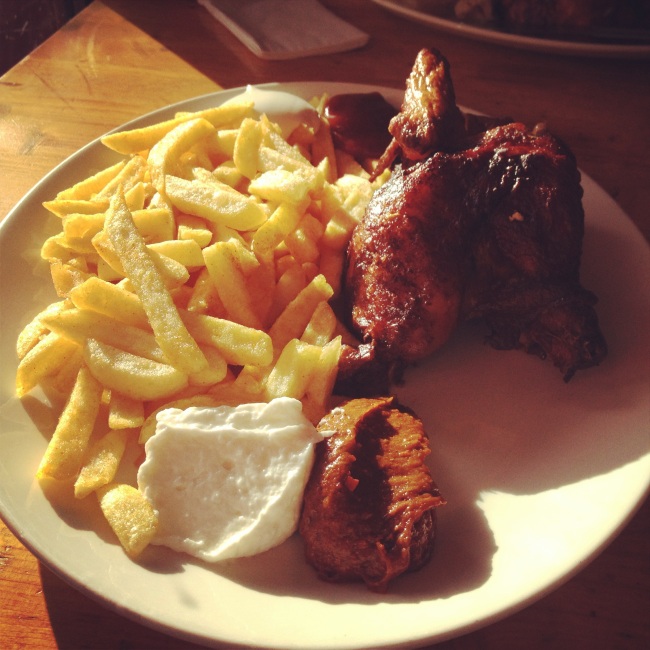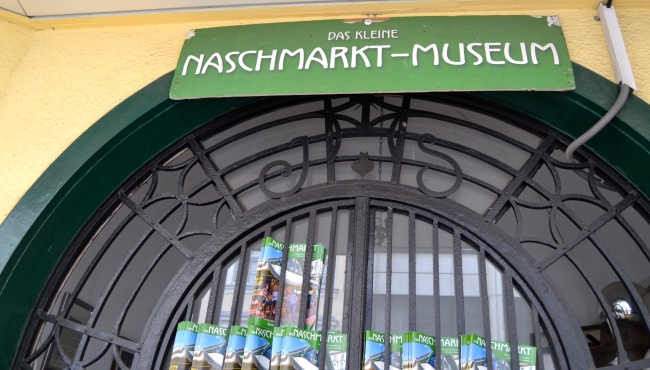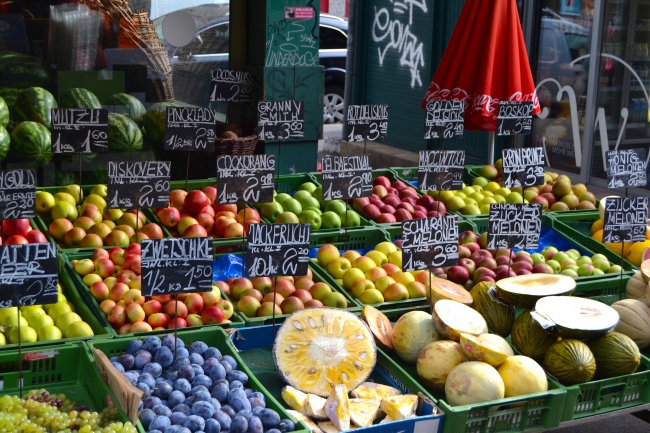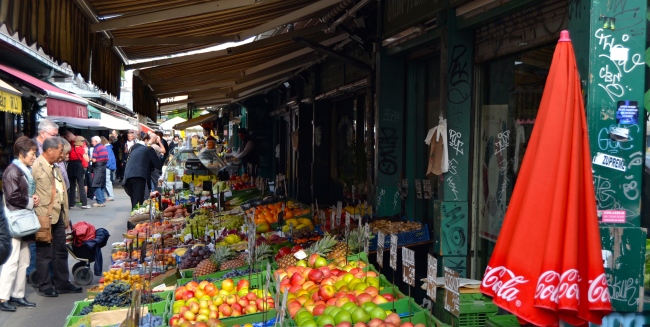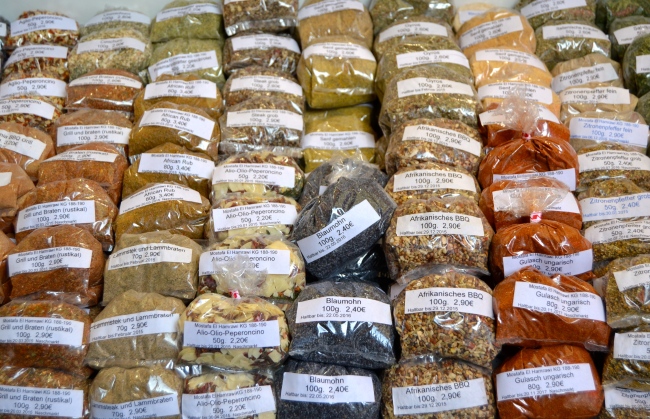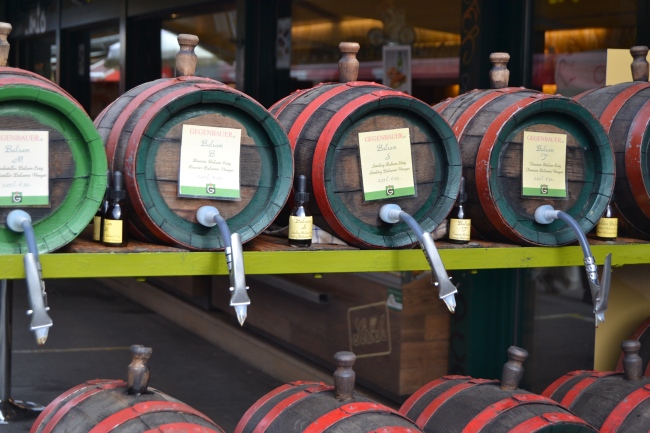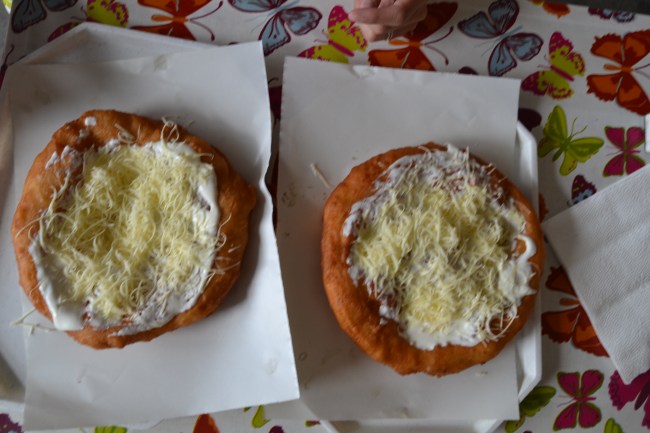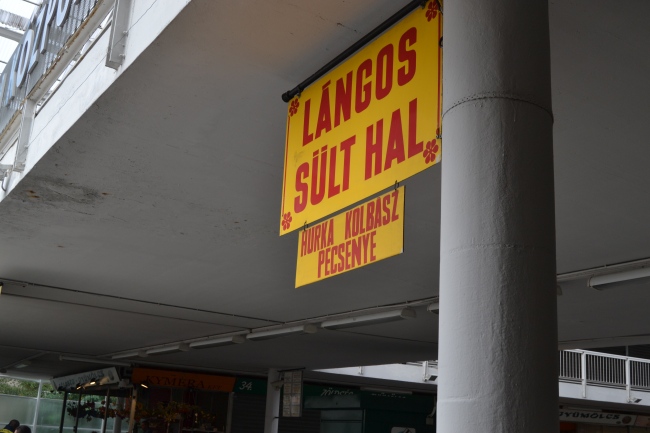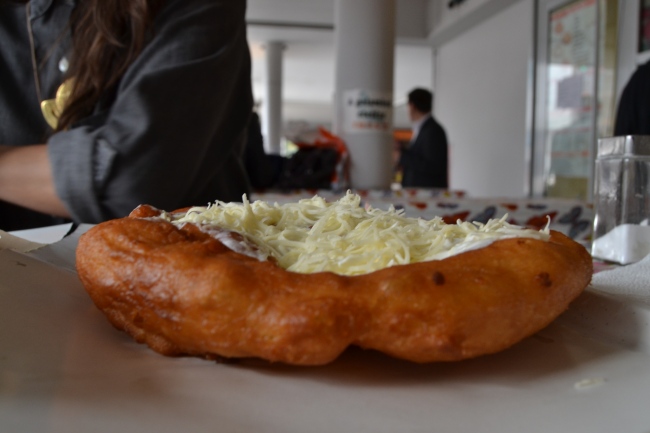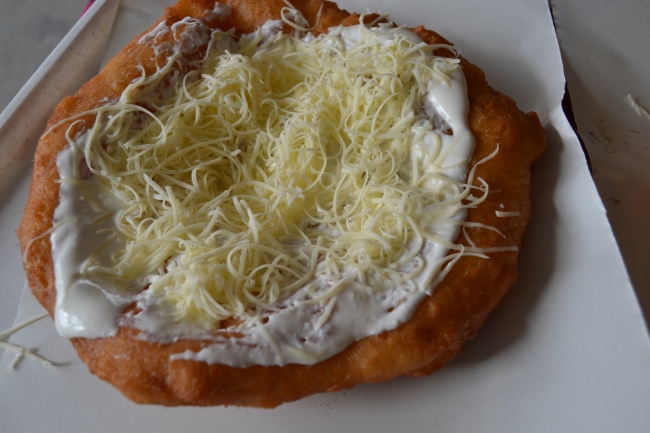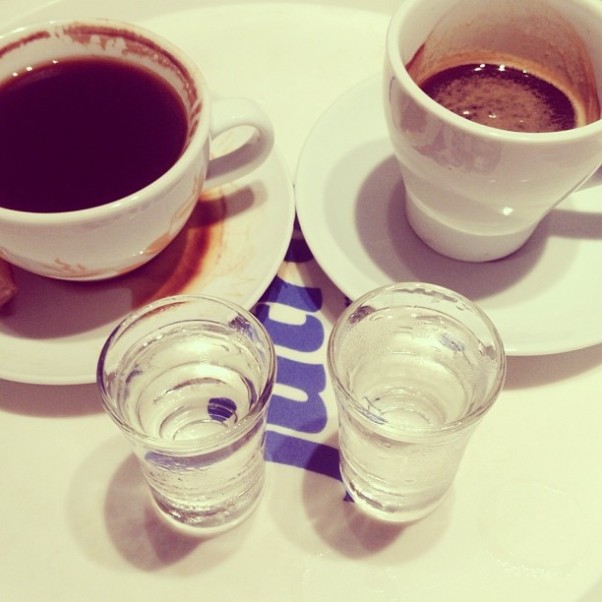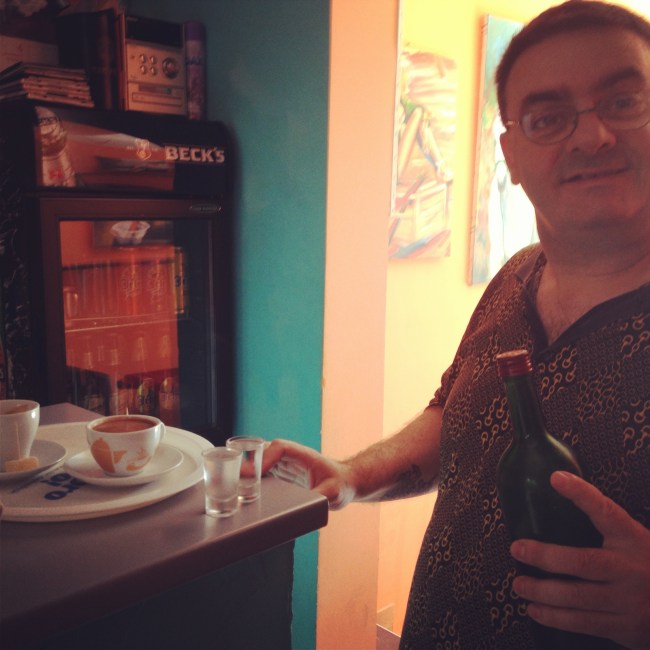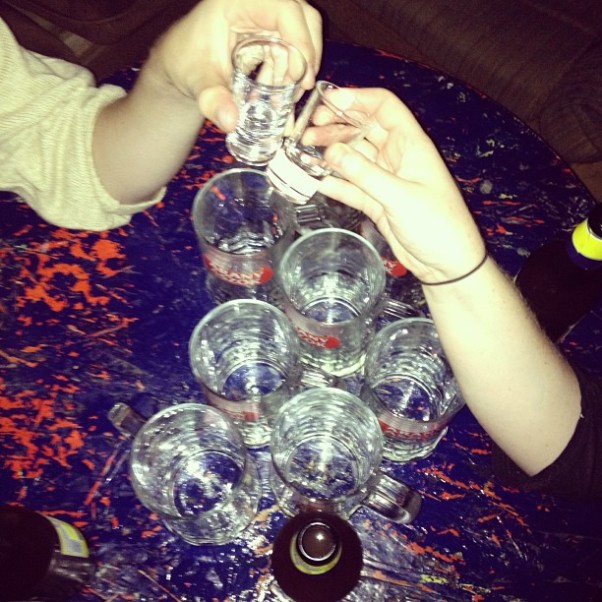Drinking Chocolate in Poland, or How to Survive a Thousand Winters
Krakow is a place that knows cold. In January, the mean temperature is 27 °F, and often the temperature dips far below that, especially in the evenings. The icy winters do little to cheapen the magic of this old city, however. All that is required to fight back the biting wind is a warm drink.

A subtle, yet important, distinction is made among some between hot chocolate and drinking chocolate; the difference being that drinking chocolate is made with melted chocolate, rather than powdered chocolate, or some kind of watered-down concentrate. We’ve discussed warming beverages before, but this one takes the cake.

At Nowa Prowincja near the old-town square in Krakow they serve a rich, buttery, hot chocolate that more closely resembles chocolate pudding than it does the thinned out excuse for hot chocolate in your average coffee shop.
The chocolate is continuously slow-churned, giving it a richness that is surprisingly smooth, and makes the cold winter nights just slightly more bearable.

